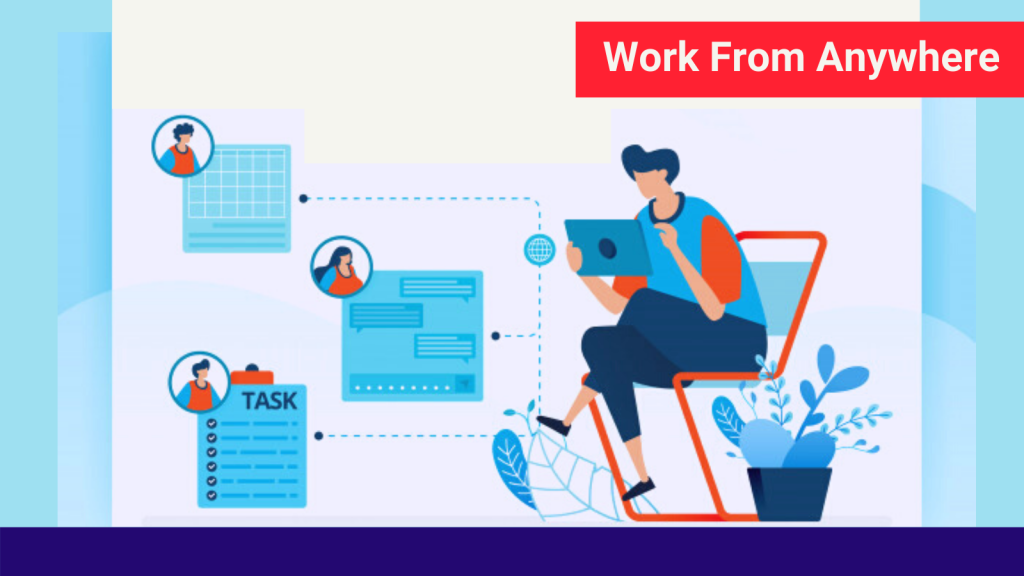Ever since the spread of Covid-19, the entire work was in the shoes of facing lockdown, which was quite a discomfort for everyone, especially for working professionals. So, to avoid zero productivity, more than 95% of organizations adopted the concept of remote work and ordered their employees to work from home until the pandemic gets over.
But, the question is,
Is working from home working? Well, some firms do doubt that work from home factor may result in the reduction of productivity. But, it strictly depends on how the management treats their employees while they work from home. But, remote work has its pros and cons, which everyone should know. Let’s have a peep at some of them:
PROS OF REMOTE WORK:
Reduction In Leaves:
Working from home has its own advantages. One of them is the reduction in leaves. The employees used to take leaves either when they were sick or for some personal reasons. But, due to flexible working hours, they can get their unfinished business done without wasting their leaves.
Flexible Working Hours:
The best part of remote work is the employees get the benefit of flexible working hours. They can log in and out as per their convenience, as there are household chores that need to be taken care of, and they cannot deny that. But, it’s mandatory to work for the entire official hours even if they are logging in late, early, or on time.
Financial Benefits:
Even if lockdowns and remote works have some perks, it has some good outcomings as well. All the utilities, travel expenses, lunch charges, etc., get saved. In this case, employees get the benefits of their payroll and do not have to spend any penny for official purposes.
More Productivity:
The chances of productivity are more while the employees work from home. The WFH allows employees to work in a comfortable and quieter environment which helps them focus more on their work. Sometimes, the employees even work for longer hours to deliver more productivity.
CONS OF REMOTE WORK:
Feeling Isolated:
Lockdown was a pain for everyone. Even if everything is unlocked, the organizations still feel remote work is the safest option. But, it is a kind of demotivation for the employees, and they ultimately get exhausted and feel isolated because of the remote work which was in process for so long.
Security Risks:
The threat of insider threats increases during remote working. As of now, the management and employers cannot keep sight every time of their employees. So, there can be security risks that are threatful for the organization’s confidential documents.
Distractions:
There are a lot of distractions while the employees work from home, as there’s a lot of household chores, which can be quite distracting for the employees. Distractions can result in the reduction of productivity and overall can leave a bad impression on the management.
Work From Home Costs:
The cost of work from home can be immensely high while the employees work remotely. The expenses of laptops, internet connections, and other equipment come under the office expenses, which go from the employee’s personal income.
Also, the management can take a step forward to make remote work beneficial by following some points, like:
- Monitoring the employees through employee management software
- Tracking their working hours
- Prevention from insider threats
- Keeping an eye on their browsing activities
- Communicating with their team frequently
We have mentioned the pros and cons of remote working so that employers and employees understand it better.
You can also watch: Monitor Remote Work Easily With Powerful Monitoring Software: EmpMonitor
WRAPPING UP:
So, we hope our readers got a clear solution to their query, ‘Is working from home working?’ We discussed the pros and cons and made a clear picture of the perks and consequences one may face/enjoy while the employees work from home.

